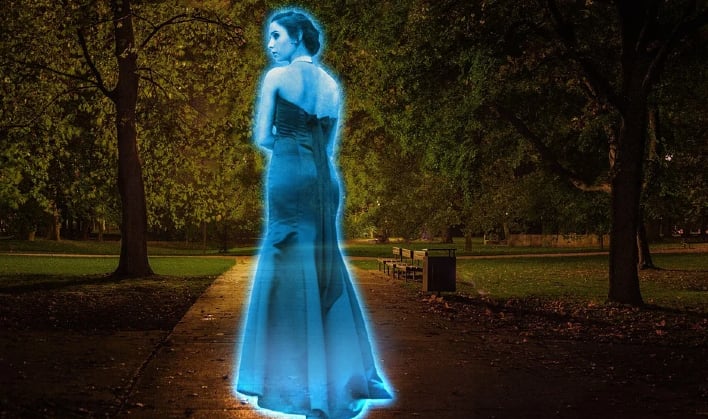Could Quantum Analysis Of Black Holes And AI Reveal If Our Universe Is Just A Hologram?

Quantum computing is not suited for every task that a computer can tackle. However, it is superior when tackling specific problems, such as encryption. It is thought that quantum computing could spell the end for cryptocurrency, but the technology to take down the highly popular currency does not yet exist. In the meantime, researchers are focusing on using quantum computing and machine learning to try and gain a better insight into things such as holographic duality.
Holographic duality is a supposition that connects theories of particles and their interactions with the theory of gravity. It suggests that theory of gravity and the theory of particles are mathematically equivalent. More simply put, what happens mathematically in the theory of gravity happens in the theory of particles, and vice versa.
So, does holographic duality suggest we are nothing more than a hologram? Not quite, suggests Brian Koberlein, astrophysicist and physics professor at Rochester Institute of Technology. He says that it means there is a duality. Koberlein uses the example of looking into a mirror. Instead of thinking of you being the reality, as opposed to your image, think of the reflected image being what is real. He says, "The duality between you and your reflection means we could just as easily describe the mirror universe as we do our own."
"In Einstein's General Relativity theory, there are no particles, there's just space-time. And in the Standard Model of particle physics, there's no gravity, there's just particles," states Enrico Rinaldi, research scientist in the University of Michigan Department of Physics. "Connecting the two different theories is a longstanding issue in physics, something people have been trying to do since the last century."

Rinaldi suggests, "We hope that by understanding the properties of this particle theory through the numerical experiments, we understand something about gravity. Unfortunately it's still not easy to solve the particle theories. And that's where the computers can help."
The team of researchers used two matrix models simple enough to be solved using traditional methods, but which have all the features of more complicated matrix models used to describe black holes through the holographic duality.
"Because these matrices are one possible representation for a special type of black hole, if we know how the matrices are arranged and what their properties are, we can know, for example, what a black hole looks like on the inside." Rinaldi continues saying, "What is on the event horizon for a black hole? Where does it come from? Answering these questions would be a step towards realizing a quantum theory of gravity."
While the thought of holographic duality and matrix models may bring to mind movies such as Interstellar and The Matrix, Rinaldi and his team of researchers believe the results of their study show an important benchmark for future work on quantum and machine learning algorithms that can be used to study quantum gravity through the idea of holographic duality.

